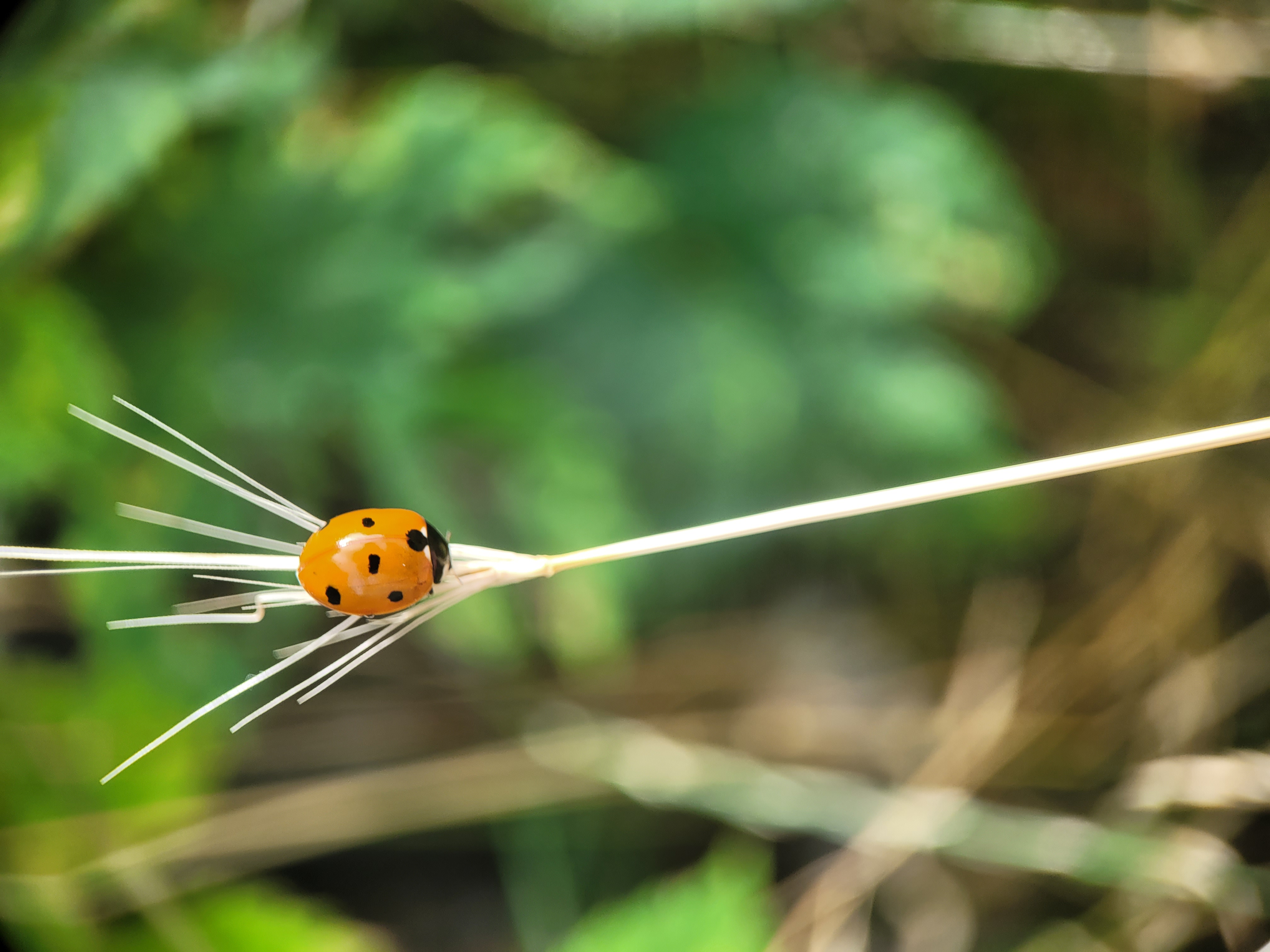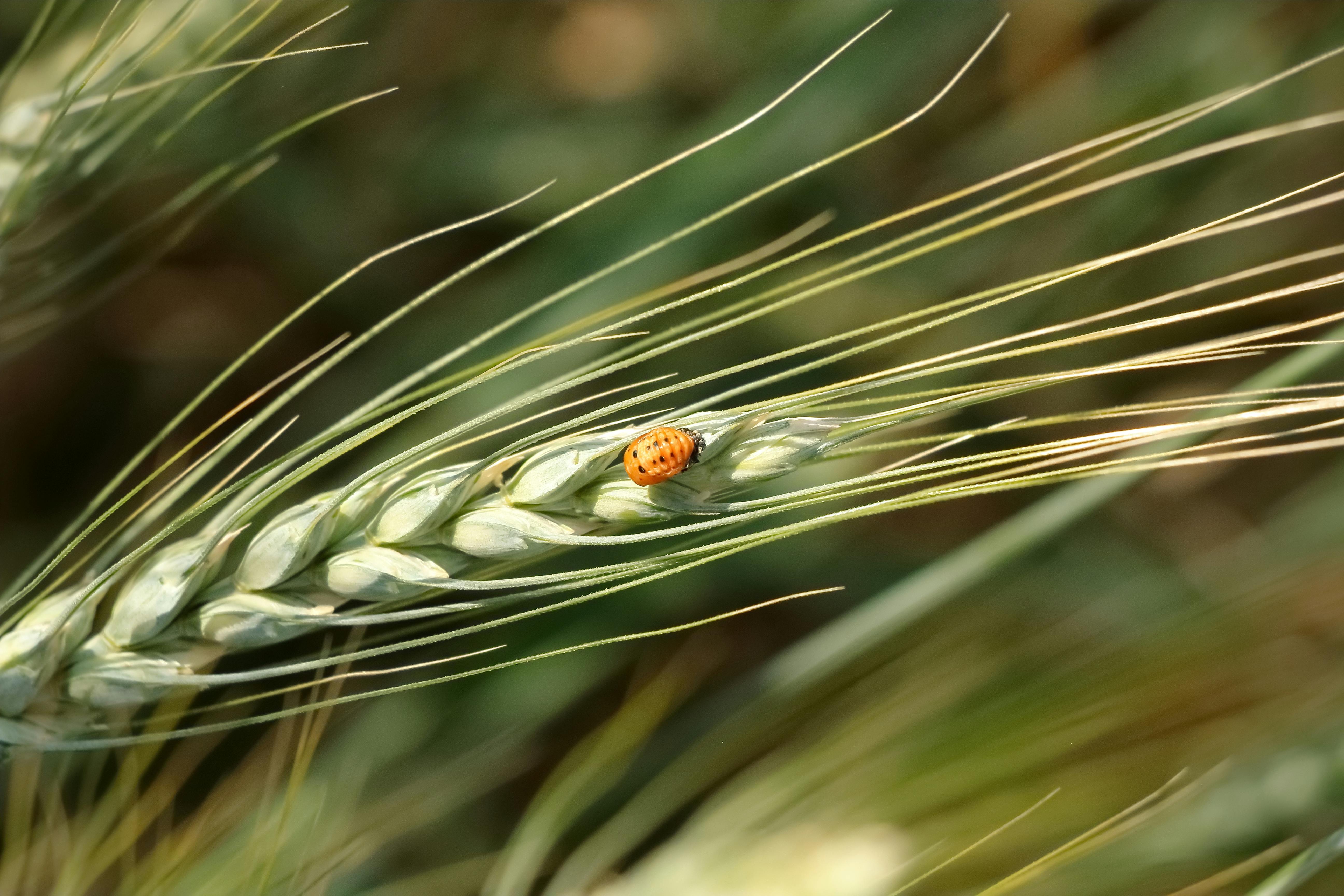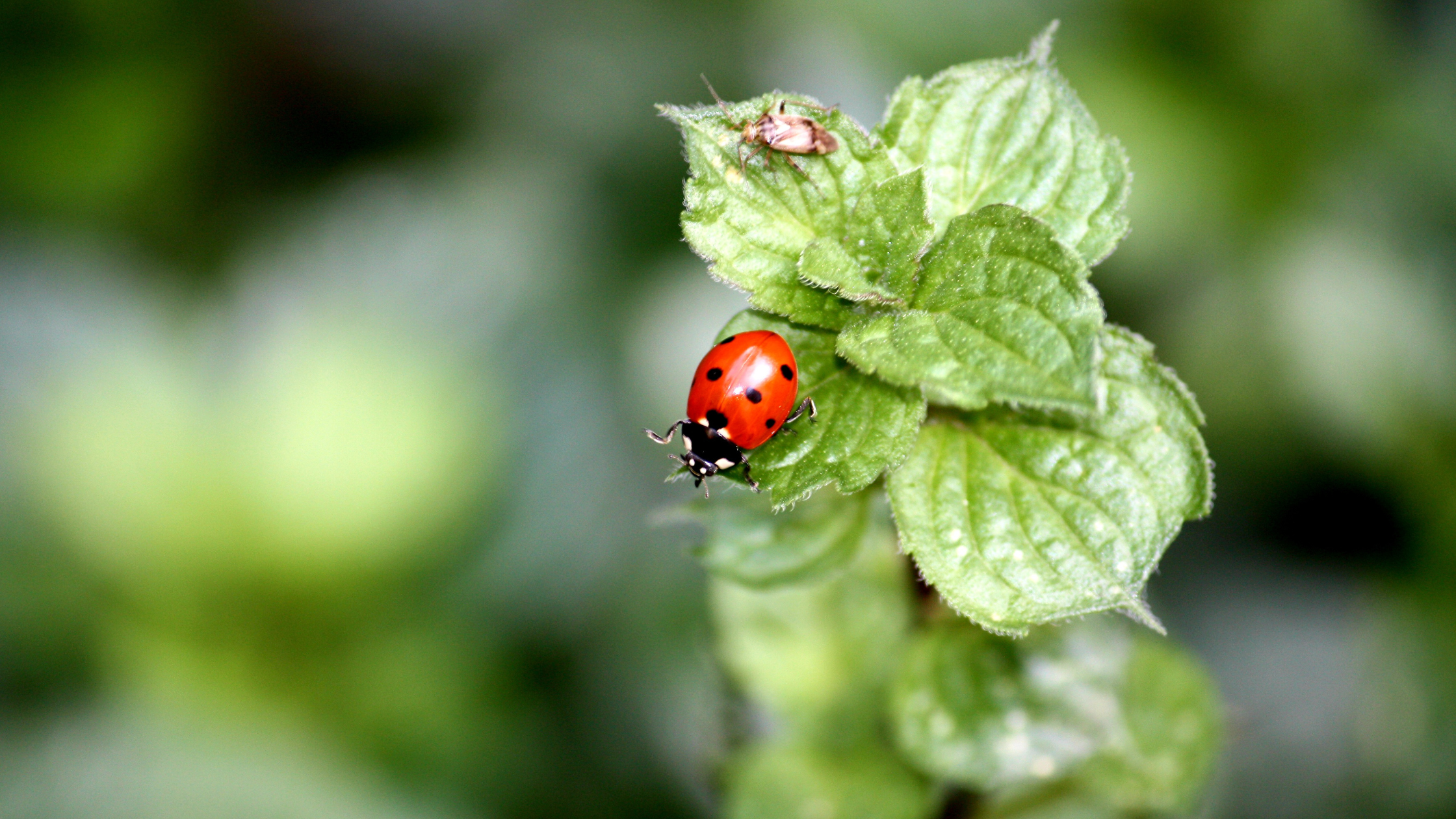When biodiversity is discussed, people often think of jaguars, whales, or old-growth forests. Yet, the most powerful indicators of ecosystem health are often the smallest. Insects, with their immense diversity and abundance, form the backbone of the natural systems that sustain us. Understanding why insects matter helps explain why monitoring them is central to tackling biodiversity loss.
Nature’s workforce
Insects account for over half of all known species on Earth. Scientists estimate that for every human, there are around 1.4 billion insects. Their ecological roles are essential:
- Pollination: Around 75% of global crops depend on insect pollinators. Beyond bees, flies, beetles, and butterflies also secure global food production.
- Nutrient cycling: By decomposing organic matter, insects enrich soils and maintain fertility.
- Food webs: Countless birds, bats, and fish rely on insects as a primary food source.
- Climate regulation: Diverse insect populations support vegetation that captures carbon and regulates local climates.
Without insects, ecosystems lose their resilience, productivity, and ability to recover after disruption.
The silent decline
Despite their importance, insect populations are plummeting. Studies show that more than 40% of insect species are declining, and a third are at risk of extinction. The drivers are familiar: habitat destruction, intensive agriculture, pesticide use, climate change, and pollution.
The consequences go beyond ecology:
- Human health: Loss of pollinators and natural habitat increases risks of malnutrition and zoonotic diseases.
- Economy: Insects contribute hundreds of billions annually to agriculture and pharmaceuticals.
- Culture: From Ayurvedic medicine in India to Indigenous practices in the Amazon, many traditions are tied to species now under threat.
Insects are disappearing, and with them the services humans depend on.
Why monitor insects
Insects provide a responsive and scalable proxy of ecosystem health. They react quickly to environmental stressors, and changes in insect diversity or abundance are reliable signals of broader ecosystem shifts.
Traditional methods like malaise traps or field surveys capture only a snapshot. Modern approaches integrate in-field sensors, acoustic monitoring, and environmental DNA to provide continuous, high-quality data. This makes it possible to track biodiversity over time, identify hotspots, and evaluate how ecosystems respond to restoration or disturbance.
Insects are, therefore, not just a part of biodiversity, but they are a window into the health of entire ecosystems.

Insects and ecosystem stability
Ecosystem stability is the ability of ecosystems to maintain function despite stress. Diverse insect populations enhance both resistance and resilience. For example:
- Different pollinators can cover each other’s roles if one species declines.
- Insects support nutrient cycling and soil fertility, keeping agricultural systems productive.
- Their diversity buffers ecosystems against climate fluctuations, ensuring continuity of essential services.
This functional redundancy means insects act as an insurance system, keeping ecosystems stable even under pressure.
From science to business value
The importance of insects is not limited to ecology. They are increasingly central to how businesses manage risk, comply with regulation, and build trust.
- CSRD and ESG reporting: Regulations in Europe and other countries now require disclosure on biodiversity and ecosystem health. Continuous insect monitoring provides verifiable data that meets these standards.
- Carbon and biodiversity markets: Many offset and restoration projects depend on proof of ecological benefit. Insects provide measurable evidence of biodiversity gains.
- Agriculture and food systems: Pollinator activity directly impacts yields and food security.
- Renewable energy and infrastructure: Solar parks or wind farms can use insect monitoring to demonstrate biodiversity outcomes, easing project development, and improving stakeholder engagement.
By tracking insects, companies can transform biodiversity from a compliance burden into a strategic asset.
Why now
Global biodiversity is at a tipping point. Over one million species face extinction, many within decades. Insects, given their central role, are the early warning signals we cannot ignore.
At evolito, we believe making biodiversity measurable, reportable, and actionable begins with insects. They are small in size but immense in significance. By monitoring them, we gain the intelligence needed to restore ecosystems, meet regulatory requirements, and ensure that both people and nature can thrive.
References
Royal Society. Why is biodiversity important?
American Museum of Natural History. What is biodiversity?
Conservation International. Why biodiversity matters
WWF & UN reports on biodiversity decline and human impacts
Global Forest Watch. How scientists measure biodiversity
Nature.com. Biodiversity and ecosystem stability
The Insect Apocalypse is Here. The New York Times
Royal Etmonological Society. Facts and figures








